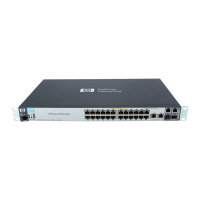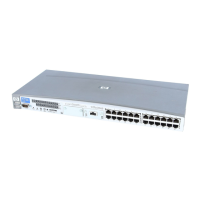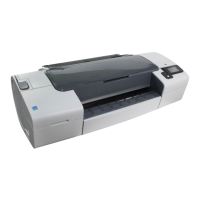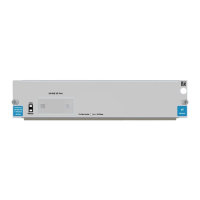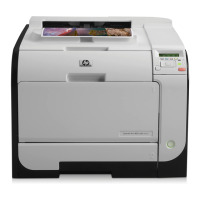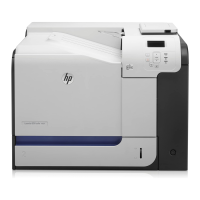The diagram above depicts a more typical enterprise printing environment, where a client may be
connected to more than one print server, and may also have directly connected products. It is in
these situations that careful driver version management is critical.
Consider the following scenario: The client first Plugs and Plays with printer C, causing the pre-
loaded printer driver version 3.0 to be installed. Next, the client connects and prints to server A.
Microsoft Point and Print recognizes that the driver version on the client (3.0) does not match the
driver version on the server (1.0), so the server installs driver version 1.0 on the client.
Then the client connects to and prints to server B. Again Point and Print recognizes the driver version
difference and installs driver version 2.0 onto the client.
The net result is that every time the client switches from one print server to another, a driver
installation takes place. And as for the client Plug and Play connection to printer C, the driver is also
changed from the original version 3.0 to either version 1.0 or version 2.0.
Figure F-4 Solution
Server B
HP Universal Printing (v5.0)
`
HP Universal Printing
HP Universal Printing (v4.7)
HP Universal Printing (v5.0)
Printer B
Printer C
USB or T CP/IP
TCP/IP
Server A
HP Universal Printing (v4.7)
Printer A
TCP/IP
There are two solutions to this problem: One is to make sure that every client and every server in the
enterprise is using the same version of driver. However, given the size of most networks this solution
is impractical. The other is to use the version management feature of the HP UPD.
Starting with version 4.7, HP UPD has the ability to be installed either using a generic name, (HP
Universal Printing), or a version specific name, (HP Universal Printing (v4.7)). The recommended
practice is to install HP UPD on clients using the generic name, and to install it on servers using the
version specific name. The diagram above describes this. Printer C Plugs and Plays with the driver
named HP Universal Printing. This driver can be version 4.7, 5.X, or even 4.5. Server A downloads
HP Universal Printing (v4.7) and Server B downloads HP Universal Printing (v5.0). The net result is
that there are now 3 drivers installed on the client, and no unintended driver upgrades/downgrades
taking place.
ENWW Versioning of printer driver shared files 217
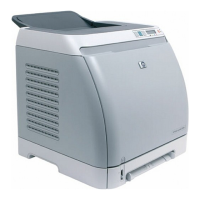
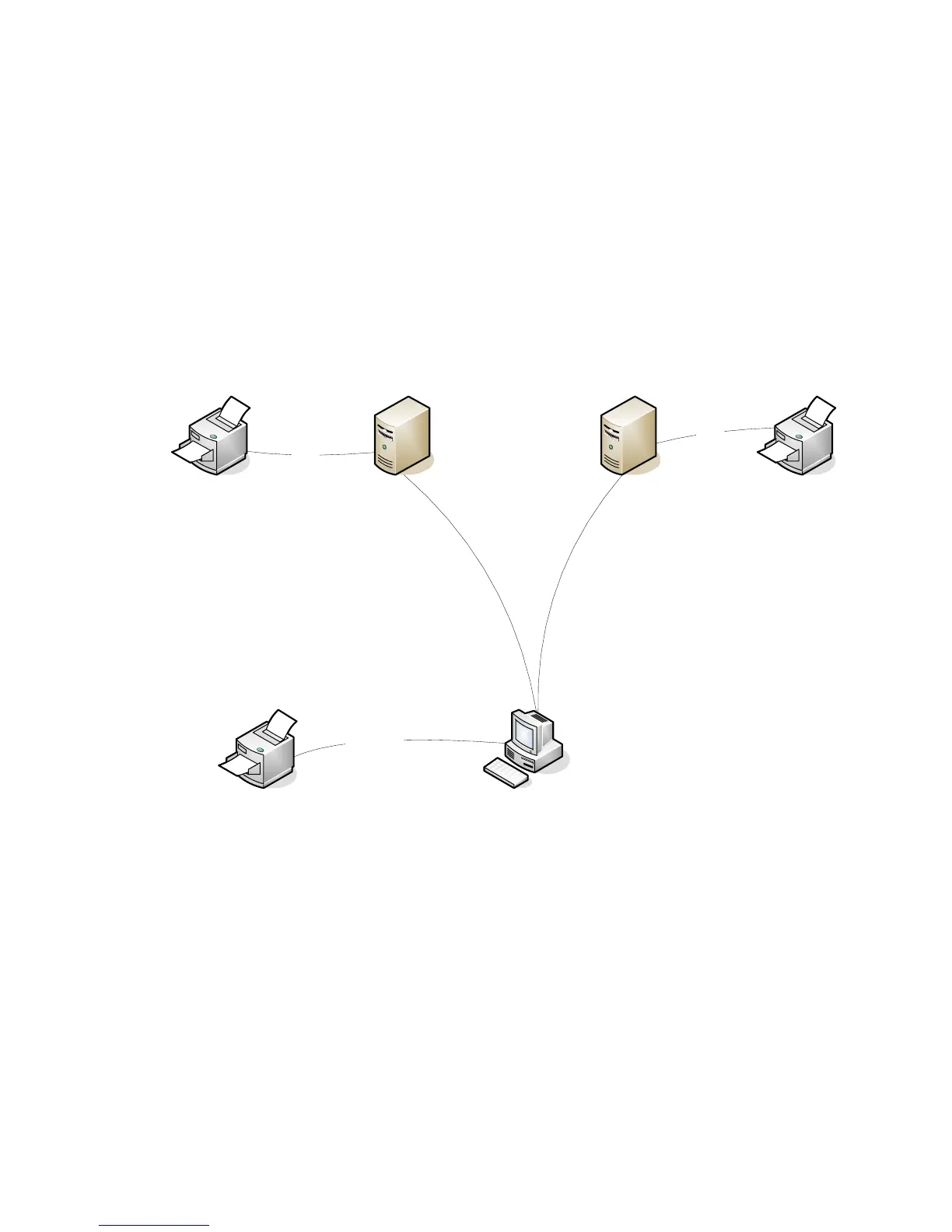